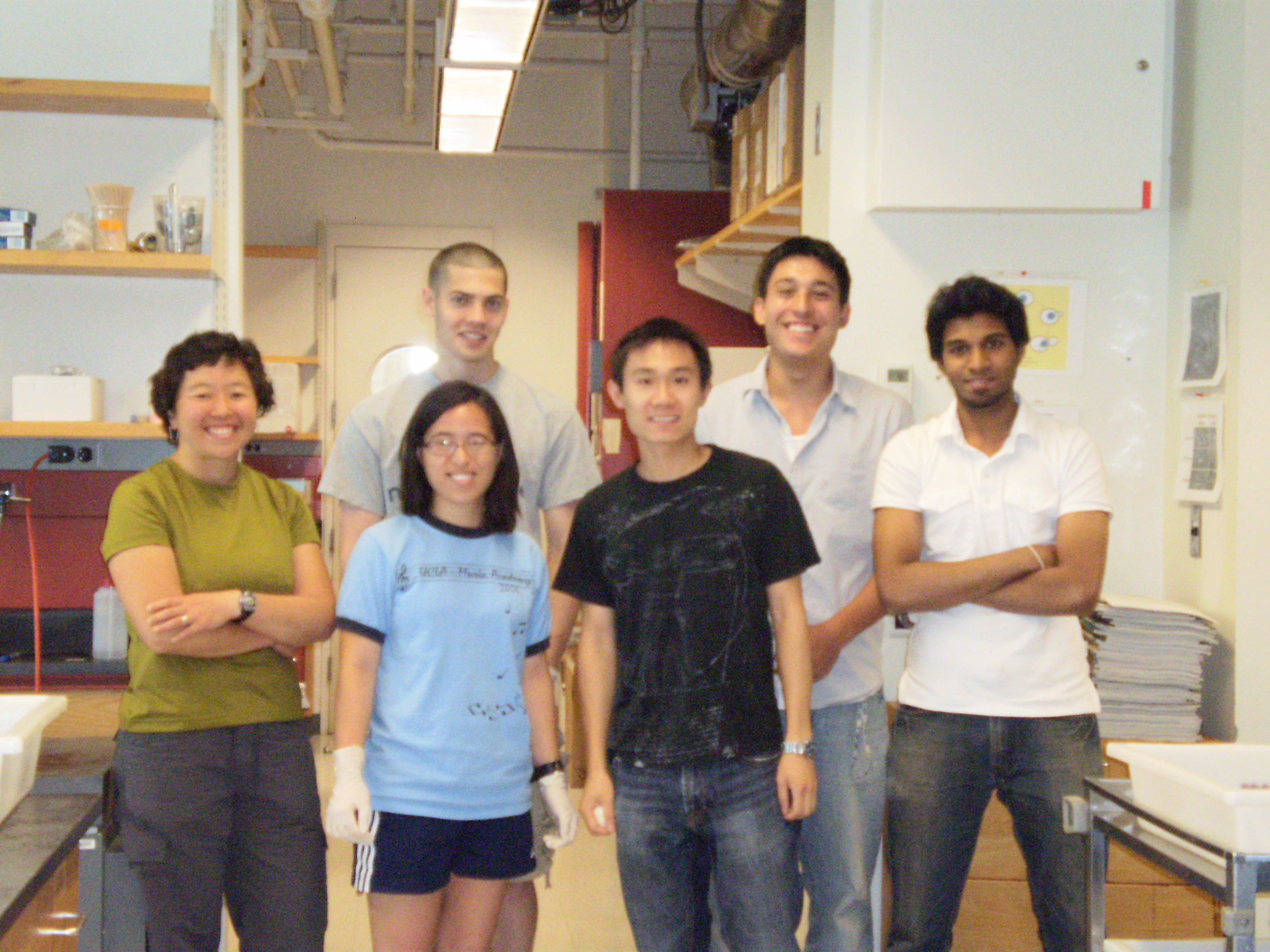Team:Cornell
From 2009.igem.org
Bammarata89 (Talk | contribs) |
(→Project Abstract) |
||
| Line 16: | Line 16: | ||
=Project Abstract= | =Project Abstract= | ||
[[Image:CUTeam.JPG|right|500px]] | [[Image:CUTeam.JPG|right|500px]] | ||
| - | Cadmium | + | The goal of our project is to create a whole cell cadmium biosensor by attaching cadmium responsive promoters in Bacillus subtilis to fluorescent reporter proteins. Cadmium is a toxic heavy metal which has no known biological function. Ingestion of cadmium contaminated water can induce bone fractures and severe renal damage. Major sources of cadmium contamination include fertilizers, sewage sludge, manure and atmospheric deposition. Cadmium contaminated sewage is often used for irrigation purposes in many parts of the world, especially in developing nations. Crops grown in these contaminated soils are then sold in markets without any detoxification treatment. Current analytical methods such as atomic absorption spectroscopy, though highly sensitive, are significantly more expensive than bacterial biosensors and are unable to measure the amount of bioavailable cadmium. |
Revision as of 03:04, 22 October 2009
Project AbstractThe goal of our project is to create a whole cell cadmium biosensor by attaching cadmium responsive promoters in Bacillus subtilis to fluorescent reporter proteins. Cadmium is a toxic heavy metal which has no known biological function. Ingestion of cadmium contaminated water can induce bone fractures and severe renal damage. Major sources of cadmium contamination include fertilizers, sewage sludge, manure and atmospheric deposition. Cadmium contaminated sewage is often used for irrigation purposes in many parts of the world, especially in developing nations. Crops grown in these contaminated soils are then sold in markets without any detoxification treatment. Current analytical methods such as atomic absorption spectroscopy, though highly sensitive, are significantly more expensive than bacterial biosensors and are unable to measure the amount of bioavailable cadmium. |
 "
"

